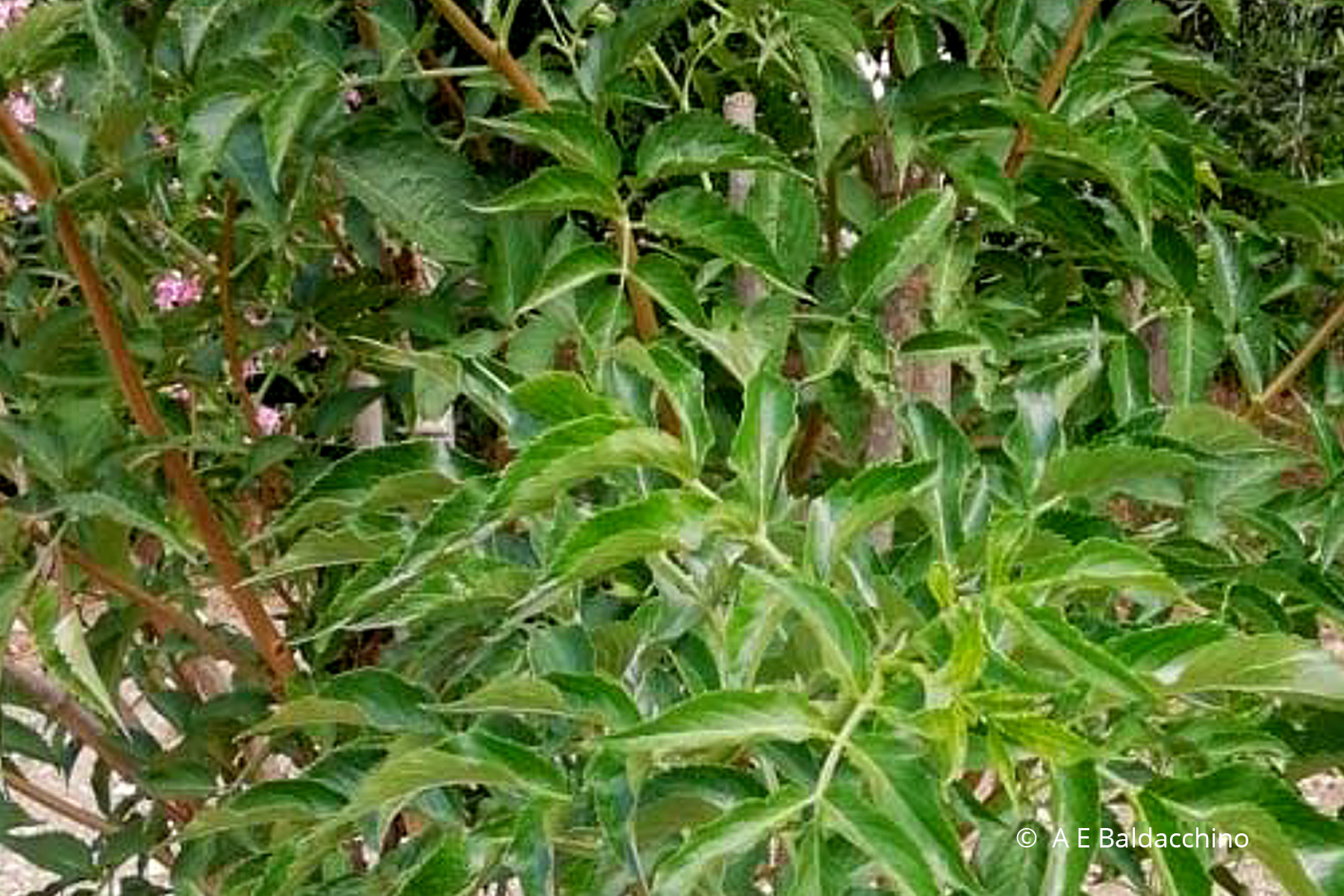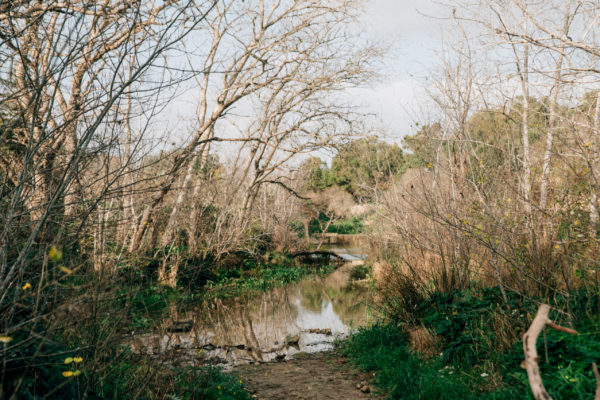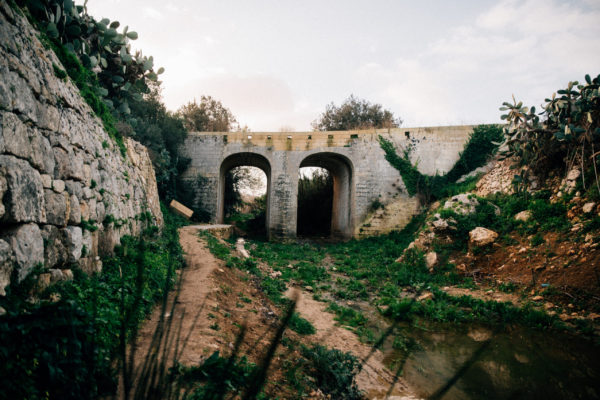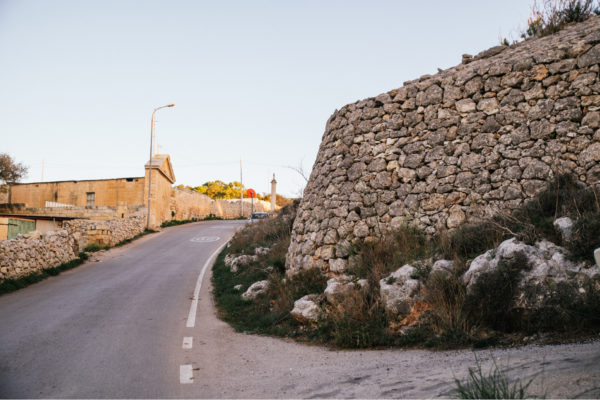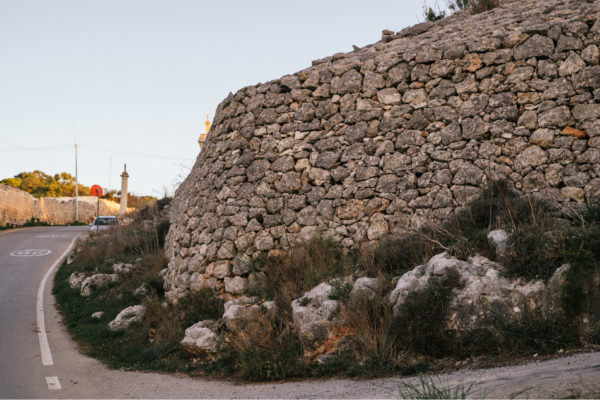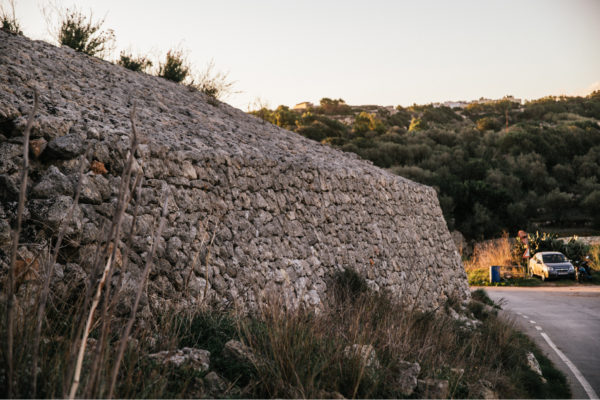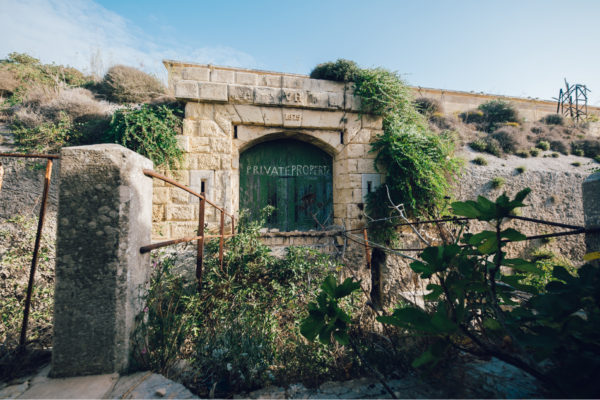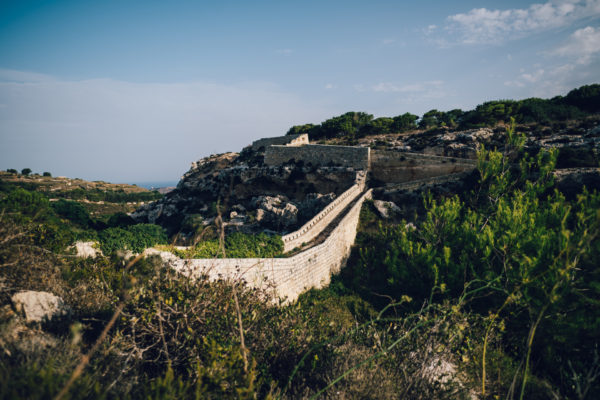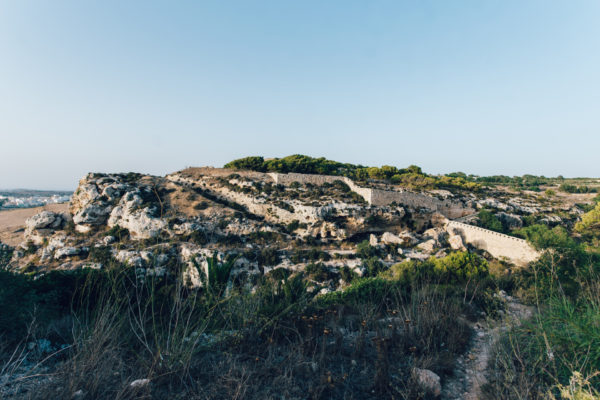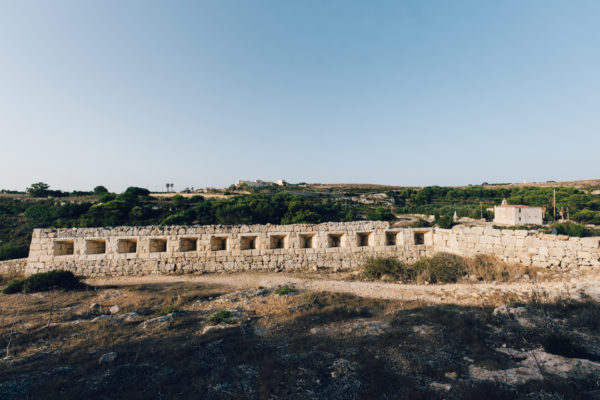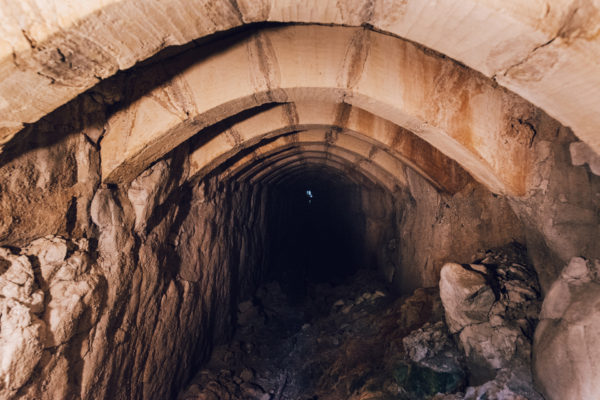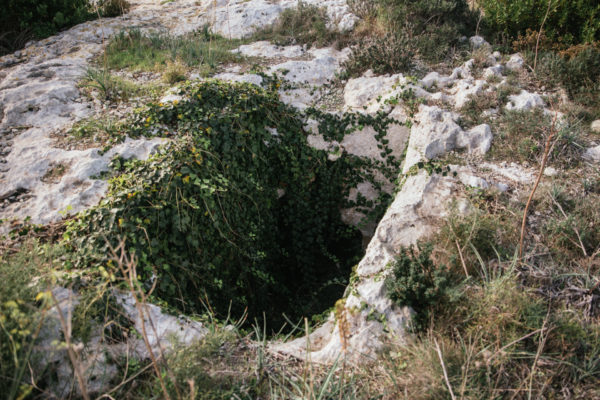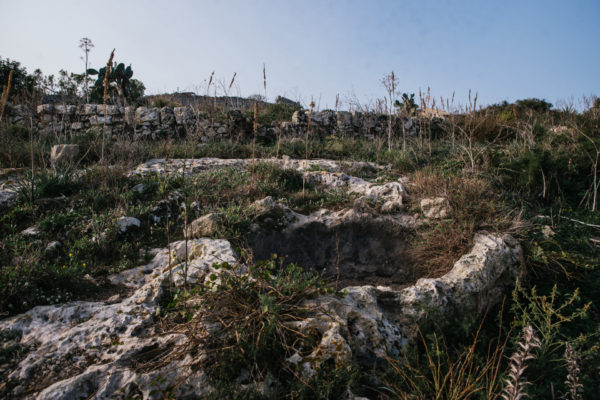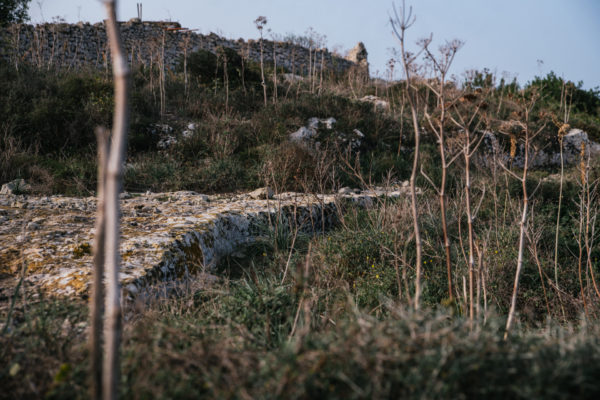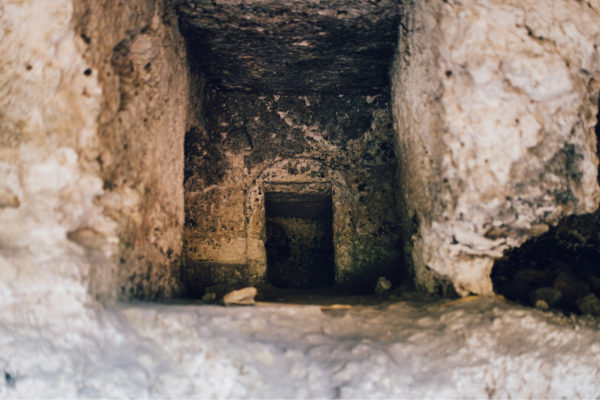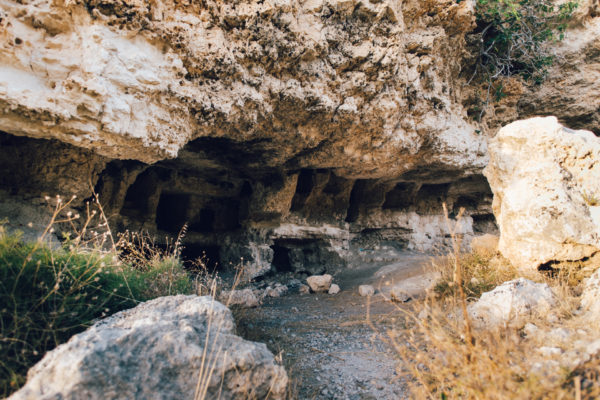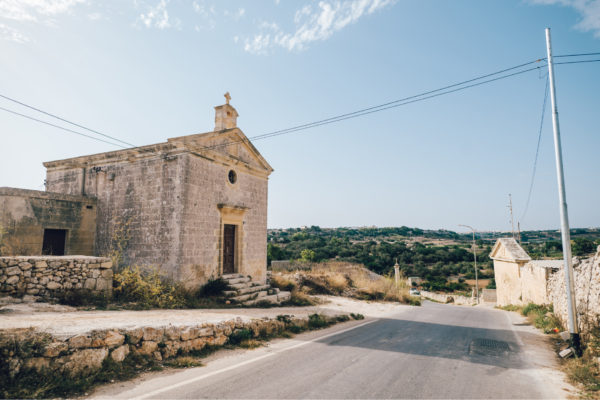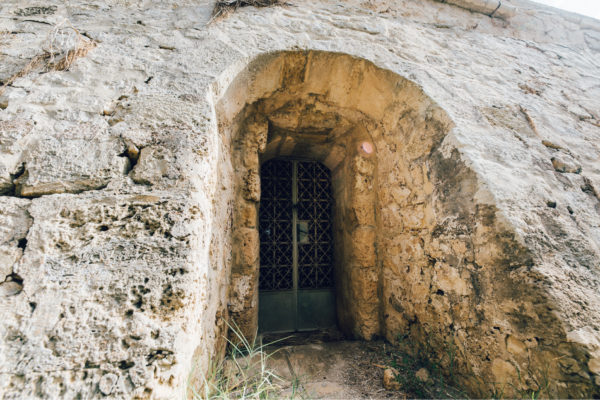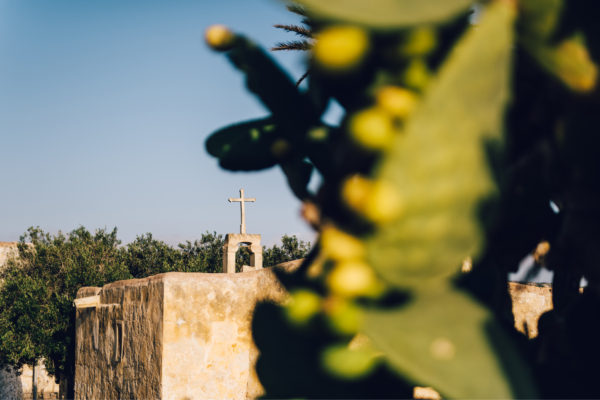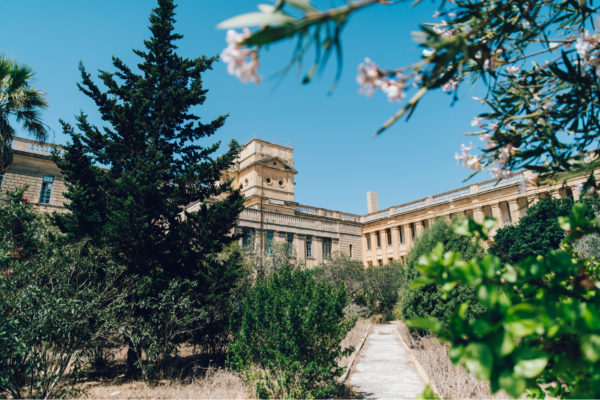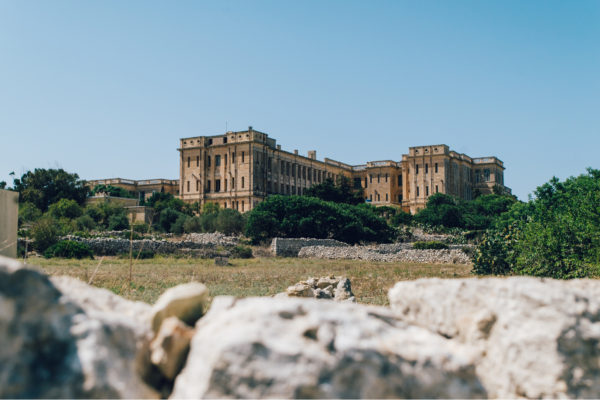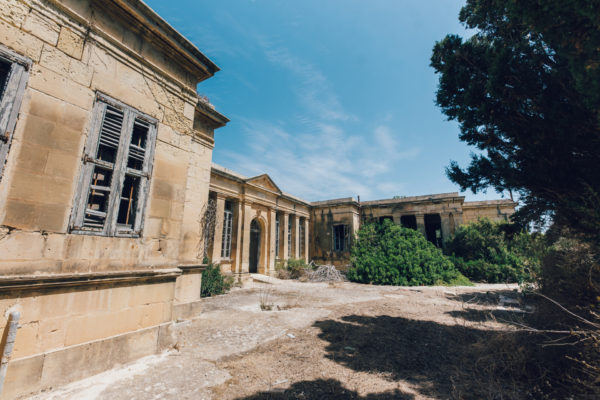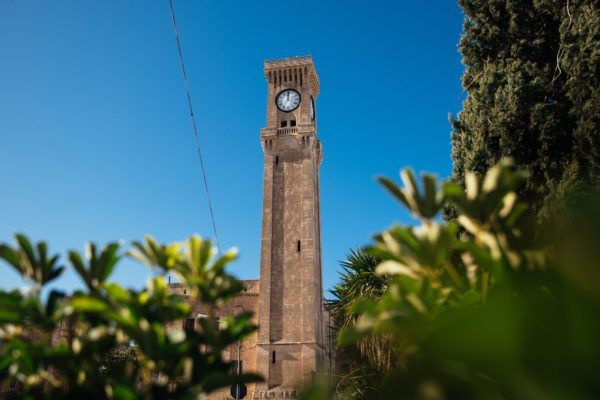
The Common Elder is a deciduous large shrub or small tree characterised by the large white scented flower clusters and the dark purple-black berries. The distribution of this tree stretches from the Mediterranean region all the way to central and western Europe.
It generally grows from 4 to 5 m in height, but can reach 10 m in ideal conditions. Vigorous erect shoots and arching branches, brownish-grey in colour, grow from the deeply furrowed bark. The common elder has compound leaves growing in opposite pairs on the stalk. The compound leaf can have from 3 to 9 leaflets generally ovate and with serrated margins.
Flower clusters, 10 to 20 cm in diameter, can be seen in late spring to mid-summer. The white or creamy flowers once pollinated form dark purple-black berries 3 to 5 mm in diameter. These ripen at the end of summer. Fruit and seeds is quite high every yearly, offering valuable food for several fauna during the hot summer months.
The common elder is capable of thriving in a variety of habitat types and site conditions; it generally tends to favour woodland edges, open woodlands, floodplains, coastal scrub and other areas often associated with disturbed and soils high in nitrates. It is not drought tolerant but does well in semi-shaded conditions and can tolerate relatively poor soil conditions.
The common elder is a good foraging tree for several mammal and bird species. Furthermore it is a characteristic nesting habitat for many bird species. It is a short-lived tree rarely surviving more than 35 years, however the high seed production, seed viability, and foraging capabilities allow for significant seed dispersal and germination.
It is also cultivated across the world mainly for its berries which are used in a variety of both culinary and medicinal purposes. The leaves of this species are mildly poisonous.
The common elder is legally protected in the Maltese Islands by the tree protection regulations.

